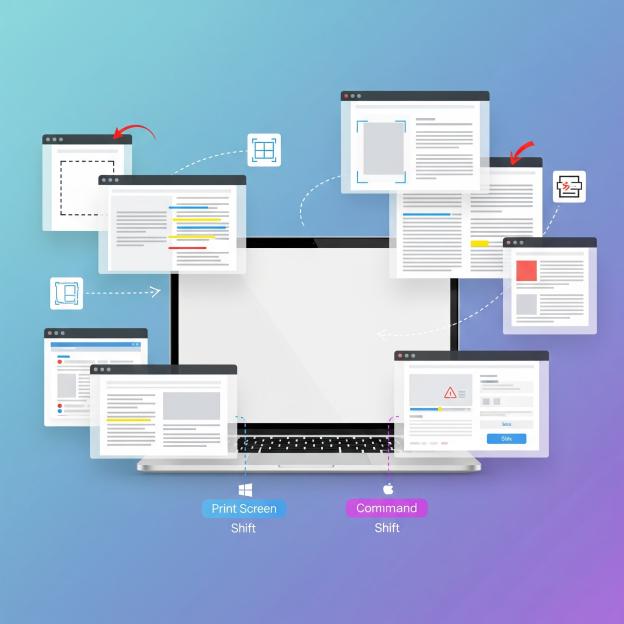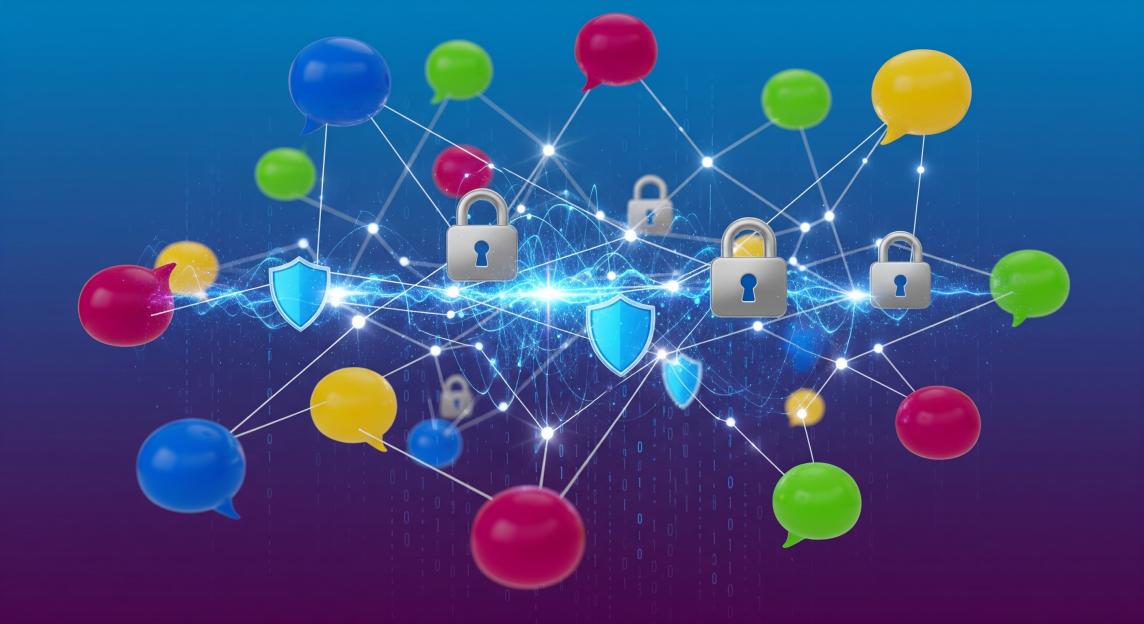OK but Google Lab Experiments are literally the coolest thing right now! Imagine having access to the same mind-blowing AI tech that’s breaking the internet before anyone else. That’s the vibe with these experimentsâthey’re basically Google’s digital playground where they let their wildest tech ideas run free.
No cap, these tools are changing the game whether you’re just scrolling for fun, trying to level up your content, or need something to flex on your resume. Google’s serving up a whole menu of “I-can’t-believe-this-exists”;; moments that’ll have you questioning if we’re already living in 2030.
What Are Google Lab Experiments?
Google Lab Experiments represent Google’s commitment to innovation and exploration. These are experimental projects, tools, and applications that showcase the latest advancements in artificial intelligence, machine learning, and other emerging technologies. Through these experiments, Google not only demonstrates its technological capabilities but also invites users to participate in shaping the future of digital experiences.
Since 2009, developers and creators have built thousands of experiments using various Google technologies, including Chrome, Android, AI, WebVR, and AR. What started as a simple idea has grown into a vast collection of innovative projects that inspire people worldwide.
In late 2023, Google transitioned its experimental projects from “Experiments with Google”;; to the new “Google Labs”;; platform, creating a centralized hub for its latest AI experiments and technological innovations.
The Evolution of Google Labs
Google Labs has a rich history of innovation. Originally, it served as an incubator for experimental features and products. Though it was temporarily discontinued, Google revived the Labs brand in November 2021 to house its AR and VR efforts, along with other experimental initiatives.
Today, Google Labs functions as a testing ground for bold and responsible AI applications. It’s where Google introduces experimental tools before potentially integrating them into mainstream products. This approach allows Google to gather user feedback and refine technologies while maintaining alignment with their AI principles.
Key Google Lab Experiments You Can Try
Let’s explore some of the most exciting Google Lab Experiments currently available:
1. Imagen and ImageFX
Imagen is Google’s state-of-the-art text-to-image generation model. Now in its third iteration, Imagen 3 produces incredibly detailed images with enhanced color balance, richer textures, and improved ability to render diverse art styles â from photorealism to impressionism, abstract to anime.
ImageFX, powered by Imagen technology, allows users to create images using simple text prompts. It features “expressive chips”;; that enable quick experimentation with different aspects of your creation, making the creative process more intuitive and explorative.
2. Veo and VideoFX
Veo is Google’s cutting-edge video generation model that creates high-quality video clips matching the style and content of user prompts. The latest version, Veo 2, represents a significant advancement in AI-generated video, with improved understanding of real-world physics, human movement, and the language of cinematography.
VideoFX, powered by Veo technology, puts this capability in users’ hands, allowing them to generate videos at resolutions up to 4K. It interprets instructions precisely to create various shot styles, angles, and movements, making professional-looking video content more accessible than ever.
3. Whisk
Whisk represents an innovative approach to image generation. Instead of relying solely on text prompts, Whisk allows users to create images by inputting other images. Users can drag in images to define the subject, scene, and style, then remix them to create something unique.
Behind the scenes, Whisk uses Google’s Gemini model to automatically write detailed captions of your images, which are then fed into Imagen 3 to generate the final result. This approach captures the essence of your subject rather than creating an exact replica, allowing for creative remixing of visual elements.
4. MusicFX
MusicFX simplifies music creation by generating original soundtracks from text prompts. Users can create tunes up to 70 seconds in length and music loops, explore options with expressive chips, and download or share their creations.
Since its launch, MusicFX has been used to create over 10 million tracks. Recent updates have improved audio quality and generation speed, with newer music samples being preferred three times more than previous versions.
5. TextFX
Developed in collaboration with GRAMMY Award-winning artist Lupe Fiasco, TextFX is a generative AI experiment designed for lyricists, writers, and wordsmiths. It helps users explore creative possibilities with text and language, making it a valuable tool for those looking to enhance their writing or overcome creative blocks.
Recent updates have improved the overall user experience and navigation, making it more accessible and useful for creative writers.
6. NotebookLM
NotebookLM reimagines what notetaking software might look like with a powerful language model at its core. It functions as a virtual research assistant that can summarize facts, explain complex ideas, and brainstorm new connections based on sources you select.
A key difference between NotebookLM and traditional AI chatbots is its ability to “ground”;; the language model in your notes and sources. This creates a personalized AI that’s versed in the information relevant to you, making it an invaluable tool for students, researchers, and knowledge workers.
7. Project Astra
Project Astra is a research prototype exploring the future capabilities of a universal AI assistant. It aims to understand the world around you, providing fast responses and maintaining free-flowing conversations for a seamless experience.
What makes Project Astra special is its ability to remember key details from past conversations and use Google Search, Maps, and Lens to inform its answers. It can be used on Android phones or prototype glasses, integrating seamlessly to see the world as you see it.
8. Illuminate
Illuminate is one of Google’s latest AI experiments that transforms scientific content into a two-person podcast dialogue. It works with various inputs, including links or YouTube videos, with a particular focus on academic or research-based subjects like mathematics and science.
Similar to NotebookLM’s “audio overview”;; feature, Illuminate makes complex information more accessible and engaging through conversational formats.
The Impact of Google Lab Experiments
Google Lab Experiments are more than just technological showcases; they have tangible impacts across various domains:
Advancing AI Research
These experiments push the boundaries of what’s possible with AI. Models like Imagen 3 and Veo 2 represent significant advancements in generative AI, contributing valuable insights to the broader AI research community.
Democratizing Creative Tools
Tools like ImageFX, VideoFX, and MusicFX put sophisticated creative capabilities in the hands of everyday users. This democratization of creative tools enables people without specialized training to express themselves in previously inaccessible mediums.
Enhancing Educational Experiences
Experiments like NotebookLM and Illuminate transform how people interact with and process information. These tools make complex content more accessible and engaging, potentially revolutionizing educational experiences for learners of all ages.
Driving Business Innovation
Many Google Lab Experiments have direct applications in business contexts. From content creation to research and development, these tools can significantly enhance productivity and drive innovation in commercial settings.
The Future of Google Lab Experiments
Google’s commitment to experimental technology shows no signs of slowing down. As AI capabilities continue to evolve, we can expect even more groundbreaking experiments from Google Labs in the coming years.
Several trends are likely to shape the future of these experiments:
Multimodal AI Integration
Future experiments will likely feature even more sophisticated integration of different AI modalities, combining text, image, audio, and video generation in increasingly seamless ways.
Enhanced Personalization
As seen with NotebookLM’s source-grounding capability, personalization will become an increasingly important aspect of AI tools, allowing for more relevant and contextual interactions.
Responsible AI Development
Google has emphasized its commitment to responsible AI development, implementing safeguards like SynthID watermarking and content filters. This focus on ethical considerations will continue to influence how experiments are designed and deployed.
Expanded Accessibility
As these technologies mature, Google will likely make them available to broader audiences and integrate successful experiments into mainstream products, as we’ve already seen with features like Circle to Search.
How to Access Google Lab Experiments
Most Google Lab experiments are accessible through the Google Labs website (labs.google). However, availability varies by region, with many experiments initially limited to the United States and a few other countries.
To participate in Google Labs experiments, you need:
- A personal Google account (not a workplace account)
- To be located in a supported region
- Sometimes, to join a waitlist for access
It’s worth noting that some experiments have usage limitations, such as daily generation quotas that renew each day.
Ethical Considerations and Safety Measures
Google implements various safeguards in its lab experiments to ensure responsible AI use:
Content Filters
Tools like ImageFX include technical guardrails to limit problematic outputs, such as violent, offensive, or sexually explicit content.
Digital Watermarking
All images generated with ImageFX and songs produced using MusicFX are marked by SynthID, a tool developed by Google DeepMind that adds a digital watermark directly into the generated content.
Adversarial Testing
Google conducts extensive adversarial testing to identify and mitigate potentially harmful or problematic content before releasing experiments to users.
Transparent Data Practices
Google is transparent about how data from experiments is used, specifying that in many cases, the data is not used to train new AI models.
Conclusion: Why Google Lab Experiments Matter
Google Lab Experiments represent more than just technological curiosities; they offer a window into the future of how we’ll interact with technology and information. By making these cutting-edge tools available to the public, Google not only gathers valuable feedback but also democratizes access to emerging technologies.
For everyday users, these experiments provide opportunities to explore creative possibilities, enhance productivity, and experience firsthand the rapid evolution of AI capabilities. For developers and businesses, they offer insights into potential applications and inspire new approaches to solving problems.
As AI continues to transform our digital landscape, Google Lab Experiments will remain at the forefront of innovation, pushing boundaries and reimagining what’s possible. Whether you’re creating images with Imagen, generating videos with Veo, or organizing research with NotebookLM, these experiments invite you to participate in shaping the future of technology.
So why not dive in and start experimenting? The future of AI is just a click away at Google Labs.








